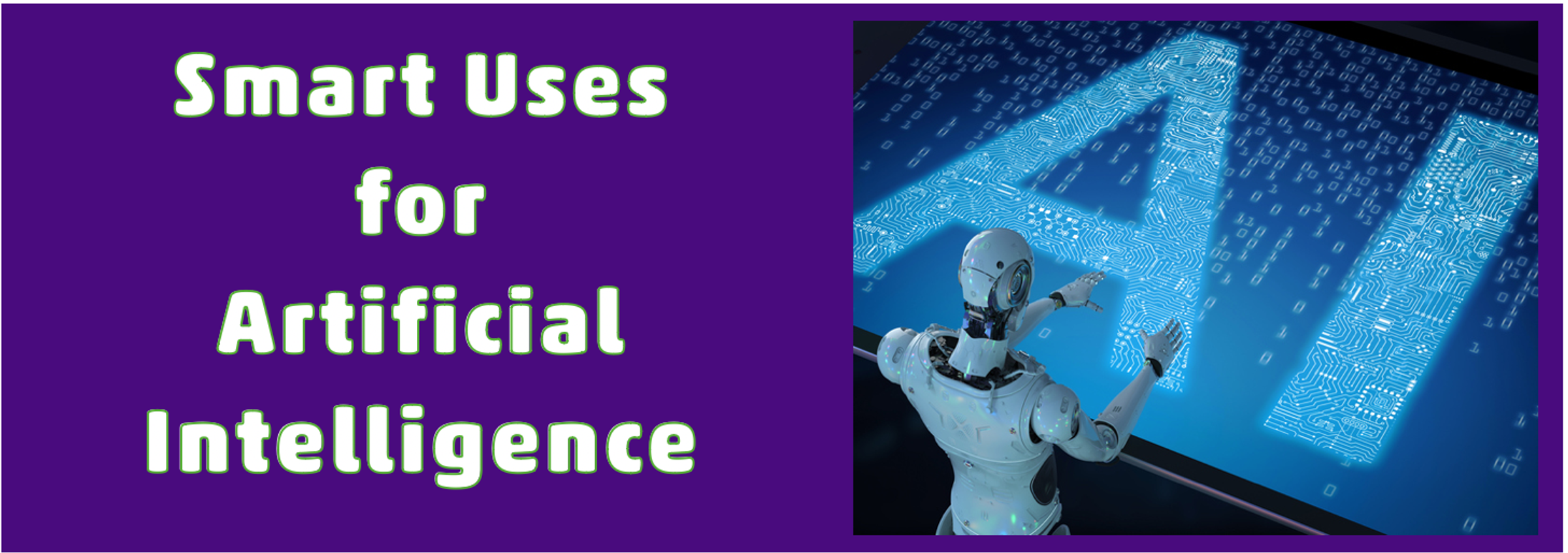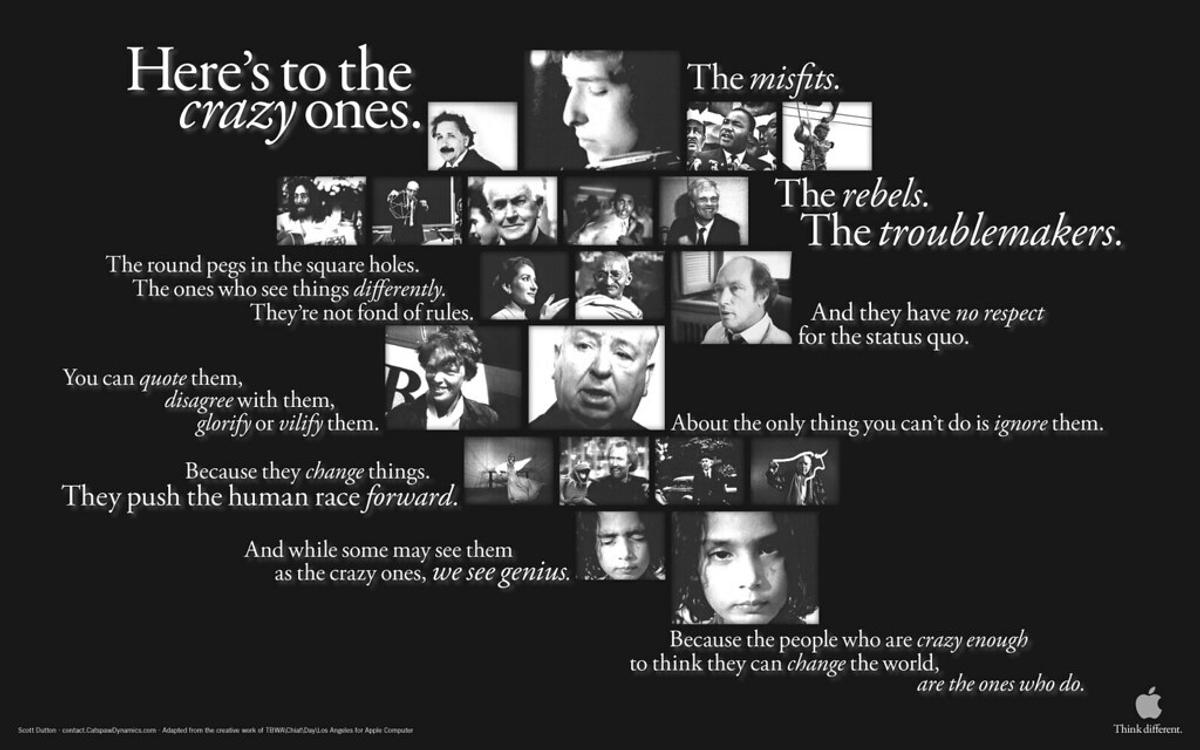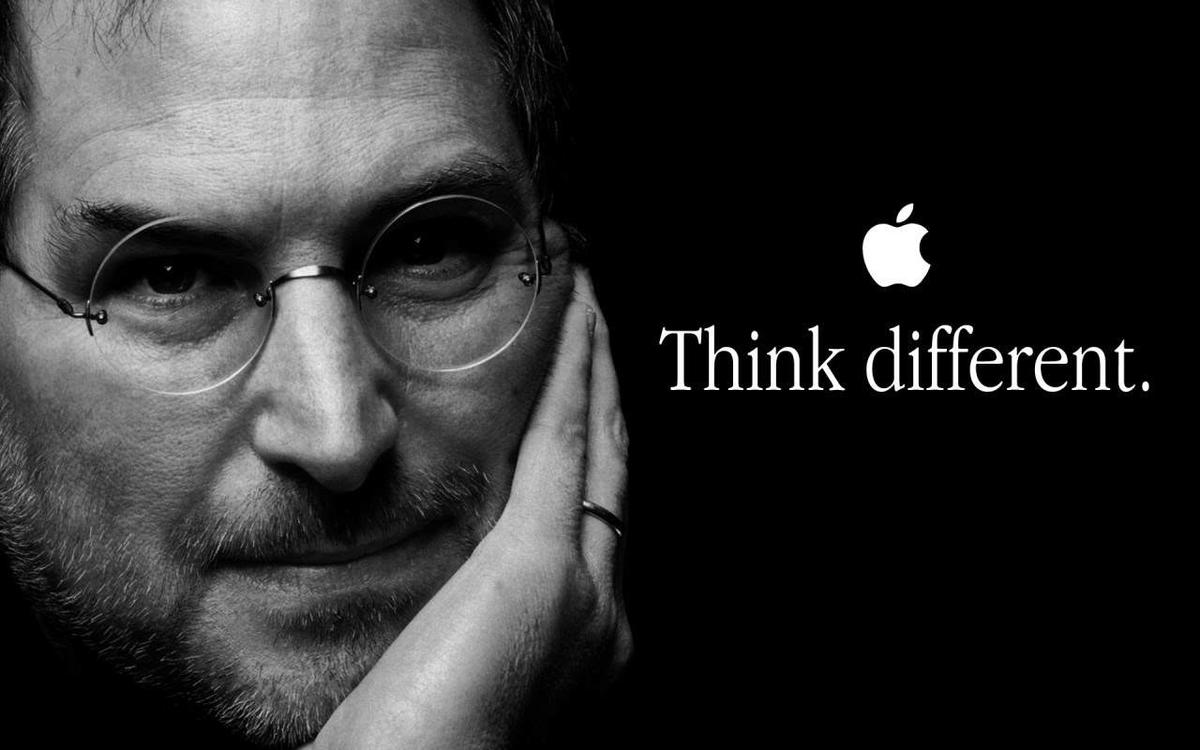More on ChatGPT and AI :

Our Students Already Use AI in Our Classrooms
Right now, schools are scrambling to make sense of what tools like ChatGPT mean for their students. We are wrestling with questions like:
- What is the difference between cheating and using AI? What does this mean for academic integrity?
- What happens to student voice?
- What does this mean for information literacy? What will we do in an era of deep fakes?
- What does the future of education look like in a world of AI?
- What kinds of jobs will our students do in the future?
- If something can be easily automated by AI, do we still need to teach it?
But before we think about how schools might respond to AI, it might help to step back a little bit and define what we mean by the term artificial intelligence. The truth is you probably already use AI.
* If you’ve done a search using Google, you’ve used AI.
* If you’ve ever used the auto-fill option in Google Docs or Gmail, you’ve used AI.
* If you’ve used spell check or grammar check, you’ve used AI.
The term “artificial intelligence” was coined by John McCarthy, an American computer scientist, in 1956. AI is any technology that allows machines to think and learn as humans do. McCarthy envisioned a time when computer networks could engage in human-like cognition, ranging from recognising images to understanding language, making decisions, solving problems, and deeper creative thinking.
So how does it do this? Algorithms are like sets of instructions that tell the computer what to do. These machine learning algorithms can analyse and learn from large amounts of data, improving the AI’s performance over time.
In other words, AI isn’t new. Instead, it’s been a slow evolution over decades. For this reason, you can think of AI as an evolution as much as a revolution.
Voice and choice are so important. Our students need to develop originality in a world of machine learning. We don’t know what types of jobs our students will eventually do. But we do know that they will need to think differently.
In a world of AI, our students will need to become really good at what AI can’t do and really different with what it can do.
Students will need to excel in the human skills of empathy, communication, adaptability, collaboration, and divergent thinking.
These are the types of skills students learn when we empower them with voice and choice:
Voice and choice are so important. Our students need to develop originality in a world of machine learning. We don’t know what types of jobs our students will eventually do. But we do know that they will need to think differently.
PS:
I began my journey with Apple MacIntosh Computers in 1989. At that time, going with Apple was going against the flow. The vast majority of schools I came across had gone with Atari and Commodore 64 initially, and then Acorn and IBM PCs from that point on.
I was captivated by the creative things Mac computers could do and never ever went down the path of drilling children on Word document skills. In 2009 I was very blessed to be chosen as an Apple Distinguished Educator and to travel to Apple Headquarters in Cupertino. I met with their Head of Education and shared some of the cool things our children were doing with technology, particularly with iPods.
One of Apple's mottos was "Think Different." As we go forward in the world of robotics, Artificial Intelligence and Chat GPT, being able to 'Think Different', be creative and demonstrate the qualities that make humans human are the skills and attributes that will give individuals an opportunity to be successful and make our world a better place for all.


